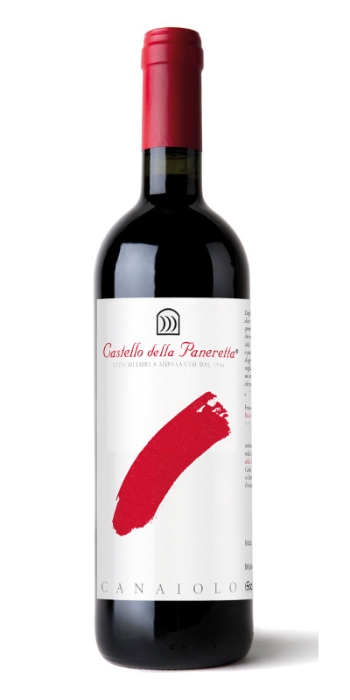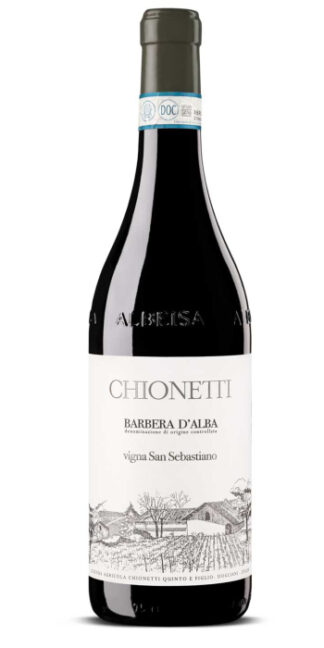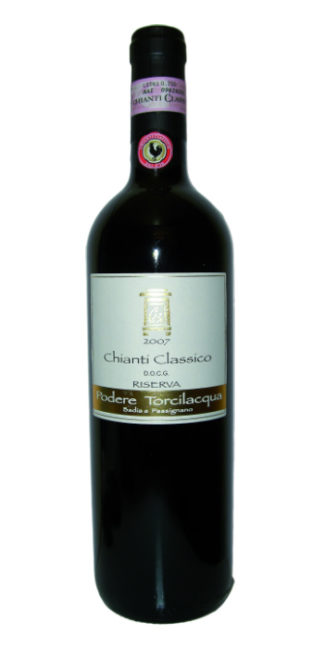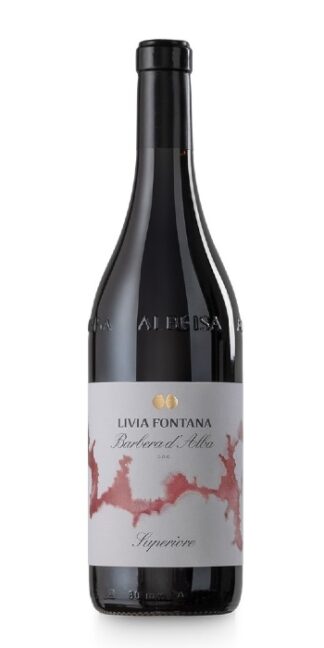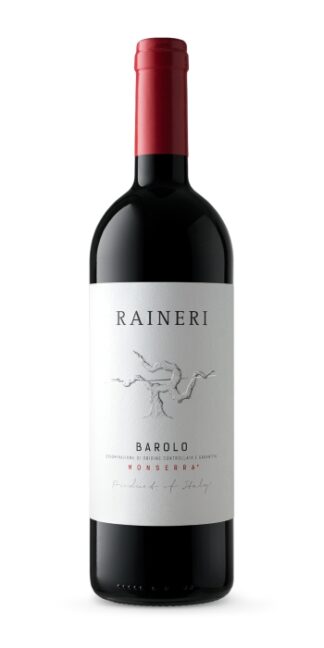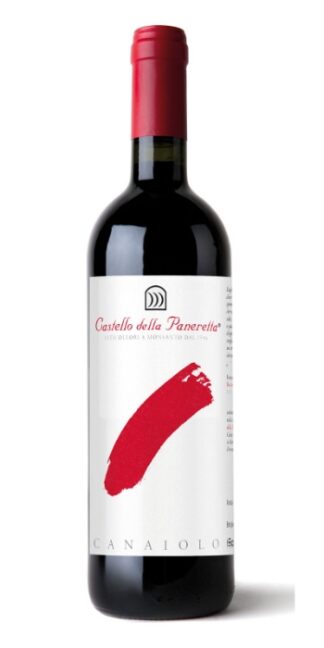Description
Toscana Rosso Canaiolo 2015 Castello della Paneretta
Variety: 100% Canaiolo
Intense ruby red color with purple hues
The nose is great. It has facets of inestimable class, with aromas of violet, blackcurrant and blackberries. Vanilla hovers among other sweet spices, pipe tobacco and vague notes of dull ash. Hints of aromatic herbs make the whole even more disturbing.
On the palate it is superb. It has every component in its place and in a sublime way. It glides lightly between a structure made of hardness and a substance of softness. Harmonious and balanced, it prolongs the pleasant sensations between aromas of spices, aromatic herbs and blueberries.
Overall, Tuscany can boast a 100% Canaiolo of absolute value.
Excellent quality-price relation.
Toscana Rosso Canaiolo 2015 Castello della Paneretta
The type of training is divided between spurred cordon and espalier with guyot pruning.
After the harvest, it carries out the alcoholic fermentation in stainless steel containers at a controlled temperature of 27/28 ° C for 10 days.
Ages in new French oak barriques for 24 months.
The Paneretta Castle has very ancient origins, which date back to the battle of Montaperti in 1260. With a total area of over three hundred hectares, of which 22 are vineyards, it is one of the largest farms in the area.
Based on the type of soil we can divide the body of the vineyards into three different areas.
The Terrine, Torre a Destra, Torre a Sinistra vineyards have clay with a large quantity of light galestri and limestone formations. The strata are arranged in the direction of the hill and the rocky outcrops are weak. Soils are light ocher, little eroded and have an extraordinary physical balance. Full-bodied and well-structured wines are extracted from these soils.
The Ciliegio, Bossolo, Barbiano vineyards have layers of purplish red schistose clays alternating with deposit banks of more clayey and loamy soils. The wines of these lands are produced leaner wines, but with greater finesse.
Finally, from the Querciole and Poggio vineyards. These are semi-flat soils placed on top of the hills. Here we can observe the process of ancient formation dating back to climatic eras of a completely different nature, where the aggression of iron and aluminum on the limestone banks, gave rise to deeper and stronger soils. The position of these lands combined with their exposure there protected from washout and made more generous.
